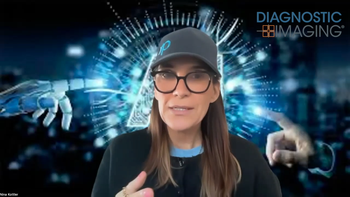
Hitachi Healthcare Announces Launch of New Innovation Center
Facility, planned in Twinsburg, Ohio, will be Hitachi's only R&D facility outside Japan.
Tokyo-based Hitachi Healthcare announced plans this week to create a new research-and-development center at its North American headquarters in Twinsburg, Ohio, later this year, focusing on leveraging artificial intelligence to produce the next generation of imaging technology.
According to a company statement, this facility – the Hitachi Healthcare Innovation Center of Excellence – will establish 40 new jobs in sciences and engineering, setting the stage for closer collaboration with key opinions leaders in the industry. When it opens, it will be the company’s only healthcare research-and-development facility outside Japan.
Currently, Hitachi sells and supports medical imaging devices, including CT, MRI, and ultrasound. In December, the company announced its
, that move will not affect activities in Northeast Ohio.
Hitachi’s move to further invest in Northeast Ohio was encouraged by BioEnterprise, a nonprofit organization dedicated to growing Cleveland’s healthcare industry, JobsOhio, and Team NEO. Together, those three groups have injected $55 million into new capital expenditures in Northeast Ohio in the past 18 months. In this latest move, JobsOhio awarded Hitachi Healthcare a Research & Development Grant, and company officials said those funds will be applied to prototyping new equipment, software platforms, and facility upgrades to the Twinsburg facility.
“This R&D investment further demonstrates Hitachi Healthcare’s commitment to design and build the next generation of medical devices, software, and solutions to improve the quality of care in Northeast Ohio,” said J.P. Nauseef, JobsOhio president and chief investment officer, in the press statement.
Newsletter
Stay at the forefront of radiology with the Diagnostic Imaging newsletter, delivering the latest news, clinical insights, and imaging advancements for today’s radiologists.




























